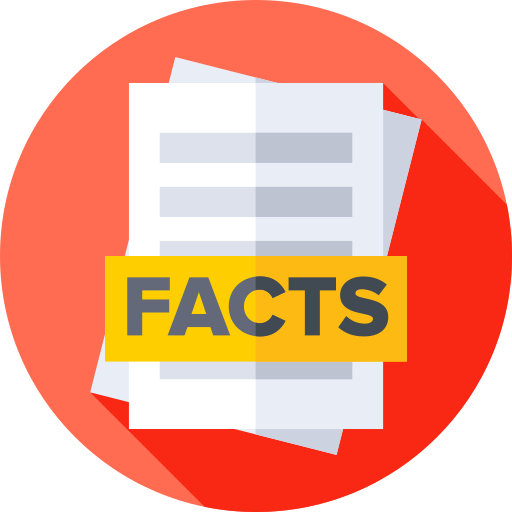Australia - Economy

How is the economy of Australia? Based on the information we have, Australia has a
high-income and globally integrated economy; strong mining, manufacturing, and service sectors driving slow but steady growth; net exporter, driven by commodities to East Asian trade partners; weak productivity and aging population straining labor force participation
. Key agricultural products in this country include: wheat, sugarcane, barley, rapeseed, milk, cotton, sorghum, beef, lentils, grapes (2023).More about the economy of Australia
| Labor force | 14.912 million (2024 est.) |
|---|---|
| Industrial production growth rate | 0.5% (2024 est.) |
| Industries | mining, industrial and transportation equipment, food processing, chemicals, steel |
| Population below poverty line | |
| Taxes and other revenues | 23.6% (of GDP) (2022 est.) |
| Fiscal year | |
| Exchange rates | |
| Currency | Australian dollars (AUD) per US dollar - |
| Exchange rates 2024 | 1.515 (2024 est.) |
| Exchange rates 2023 | 1.505 (2023 est.) |
| Exchange rates 2022 | 1.442 (2022 est.) |
| Exchange rates 2021 | 1.331 (2021 est.) |
| Exchange rates 2020 | 1.453 (2020 est.) |
| Reserves of foreign exchange and gold | |
| Reserves of foreign exchange and gold 2024 | $60.404 billion (2024 est.) |
| Reserves of foreign exchange and gold 2023 | $61.703 billion (2023 est.) |
| Reserves of foreign exchange and gold 2022 | $56.702 billion (2022 est.) |
| Current account balance | |
| Current account balance 2024 | -$34.402 billion (2024 est.) |
| Current account balance 2023 | -$5.186 billion (2023 est.) |
| Current account balance 2022 | $5.707 billion (2022 est.) |
| Public debt | |
| Public debt 2022 | 58% of GDP (2022 est.) |
| Budget | |
| Revenues | $431.27 billion (2022 est.) |
| Expenditures | $453.105 billion (2022 est.) |
| Budget surplus (+) or deficit (-) | |
| Remittances | |
| Remittances 2024 | 0.1% of GDP (2024 est.) |
| Remittances 2023 | 0.1% of GDP (2023 est.) |
| Remittances 2022 | 0.1% of GDP (2022 est.) |
| Household income | |
| Lowest 10% | 2.8% (2018 est.) |
| Highest 10% | 26.2% (2018 est.) |
| Average household expenditures | |
| On food | 9.9% of household expenditures (2023 est.) |
| On alcohol and tobacco | 3.6% of household expenditures (2023 est.) |
| Imports | |
| Imports 2024 | $405.336 billion (2024 est.) |
| Imports 2023 | $389.211 billion (2023 est.) |
| Imports 2022 | $379.981 billion (2022 est.) |
| Imports (partners) | China 26%, USA 11%, S. Korea 6%, Japan 6%, Thailand 5% (2023) |
| Comodities Imports force | refined petroleum, cars, trucks, broadcasting equipment, garments (2023) |
| Exports | |
| Imports 2024 | $405.336 billion (2024 est.) |
| Imports 2023 | $389.211 billion (2023 est.) |
| Imports 2022 | $379.981 billion (2022 est.) |
| Exports (partners) | China 37%, Japan 16%, S. Korea 6%, India 5%, Taiwan 5% (2023) |
| Comodities Exports force | iron ore, coal, natural gas, gold, minerals (2023) |
| Real GDP (purchasing power parity) | |
| Real GDP (purchasing power parity) 2024 | $1.635 trillion (2024 est.) |
| Real GDP (purchasing power parity) 2023 | $1.611 trillion (2023 est.) |
| Real GDP (purchasing power parity) 2022 | $1.558 trillion (2022 est.) |
| GDP (official exchange rate) | $1.752 trillion (2024 est.) |
| Real GDP Per capita | |
| Real GDP per capita 2024 | $60,100 (2024 est.) |
| Real GDP per capita 2023 | $60,500 (2023 est.) |
| Real GDP per capita 2022 | $59,900 (2022 est.) |
| GDP - composition, by sector of origin | |
| Agriculture | 2.2% (2024 est.) |
| Industry | 26% (2024 est.) |
| Services | 65.5% (2024 est.) |
| GDP - composition, by end use | |
| Household consumption | 51.2% (2024 est.) |
| Government consumption | 22.2% (2024 est.) |
| Investment in fixed capital | 24.3% (2024 est.) |
| Investment in inventories | 0.1% (2024 est.) |
| Exports of goods and services | 24.7% (2024 est.) |
| Imports of goods and services | -22.6% (2024 est.) |
| Unemployment rate | |
| Unemployment rate 2024 | 4.1% (2024 est.) |
| Unemployment rate 2023 | 3.7% (2023 est.) |
| Unemployment rate 2022 | 3.8% (2022 est.) |
| Youth unemployment rate (ages 15-24) | |
| Total | 9.5% (2024 est.) |
| Male | 10.2% (2024 est.) |
| Female | 8.7% (2024 est.) |
All Important Facts about Australia
Want to know more about Australia? Check all different factbooks for Australia below.









